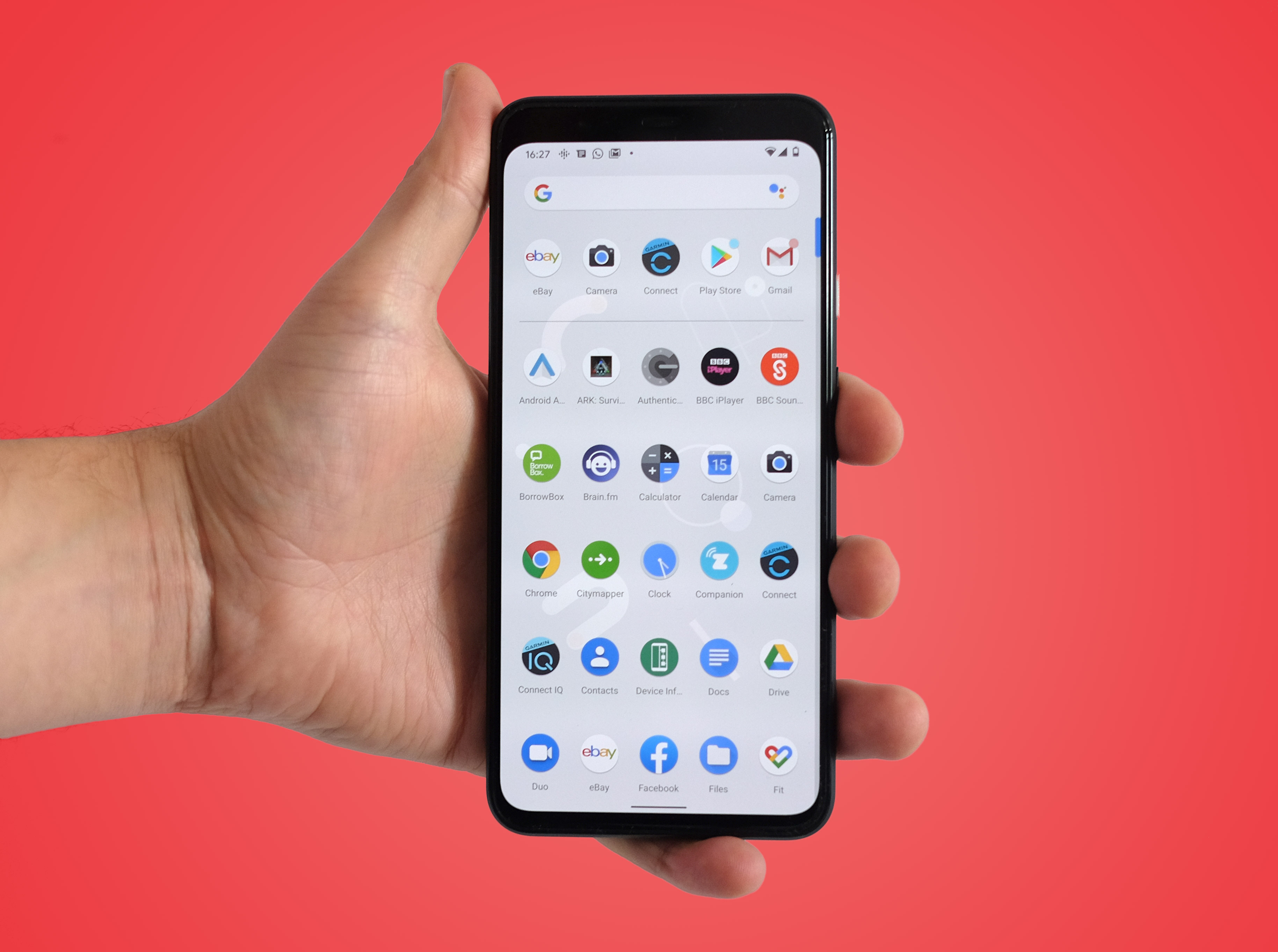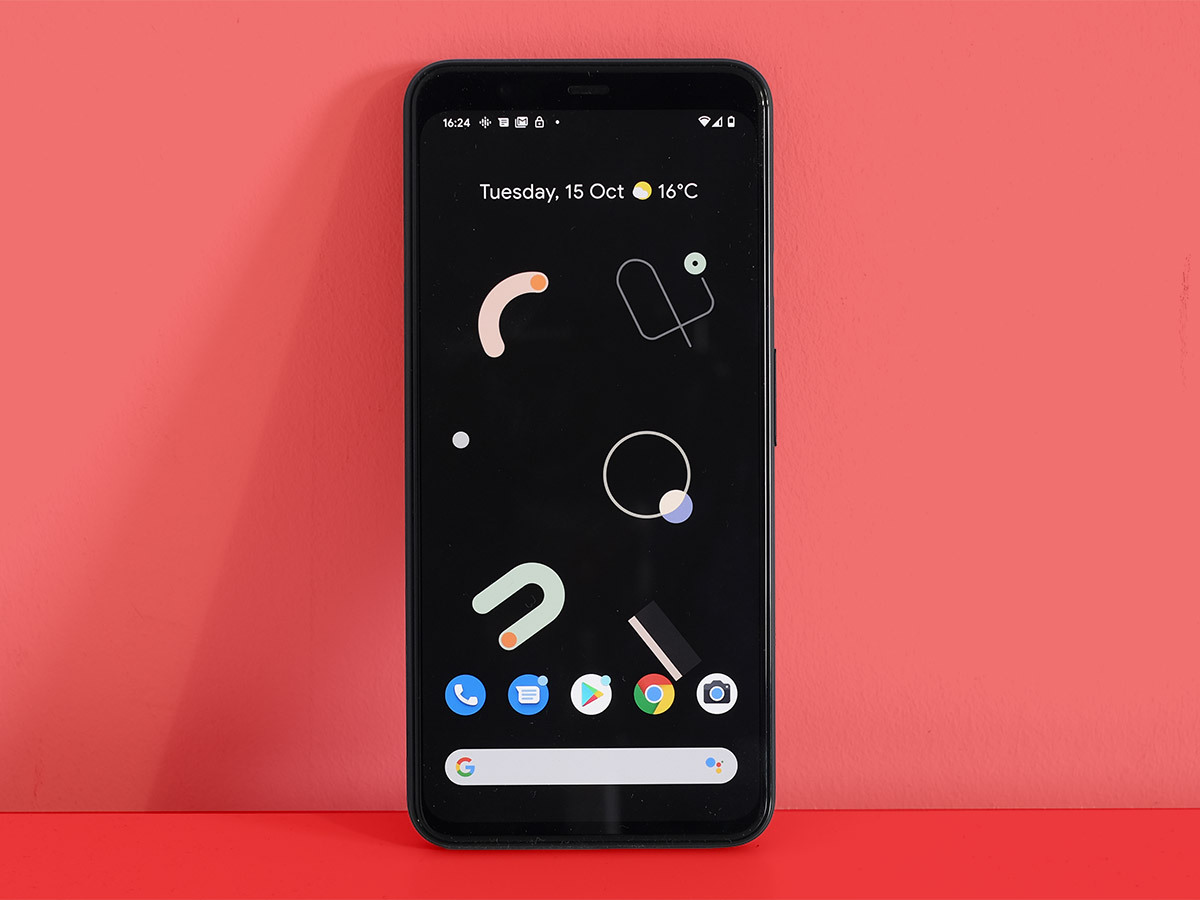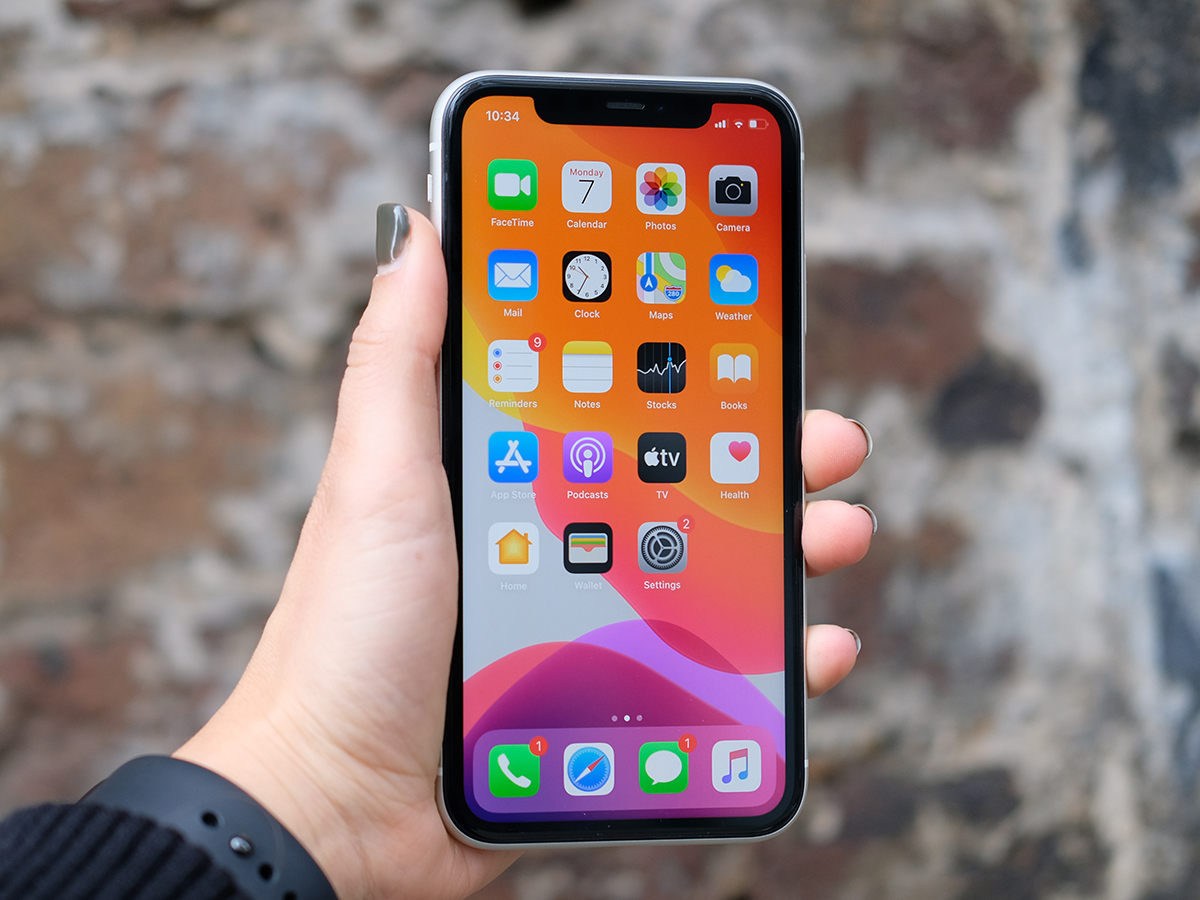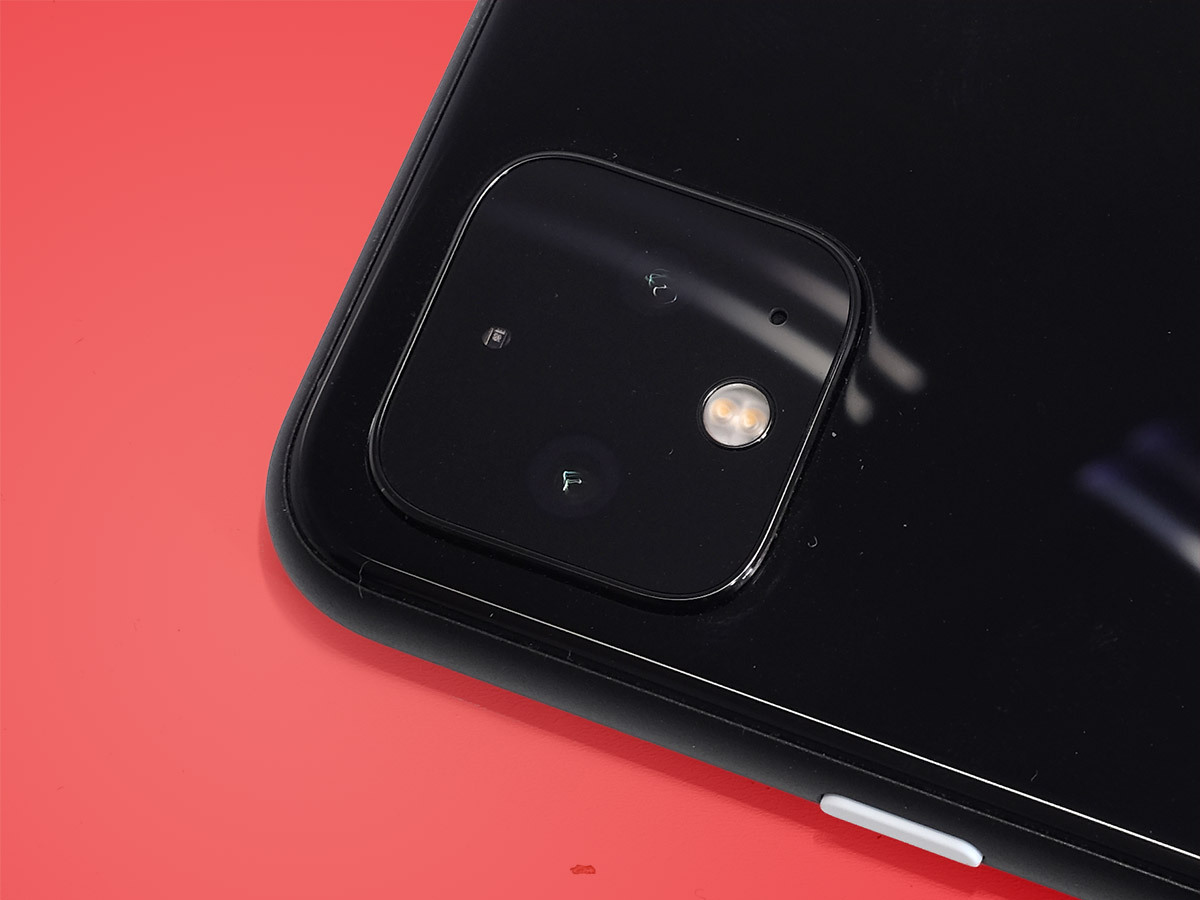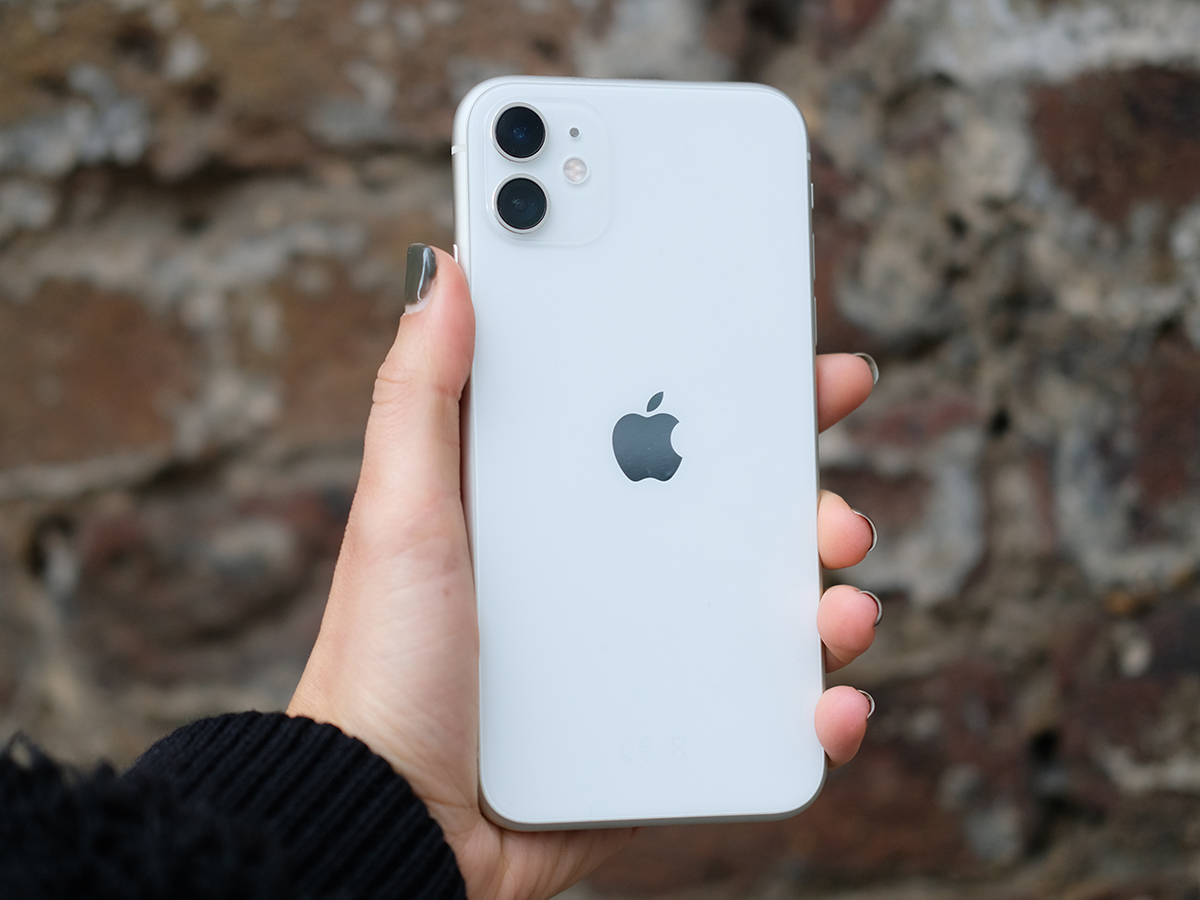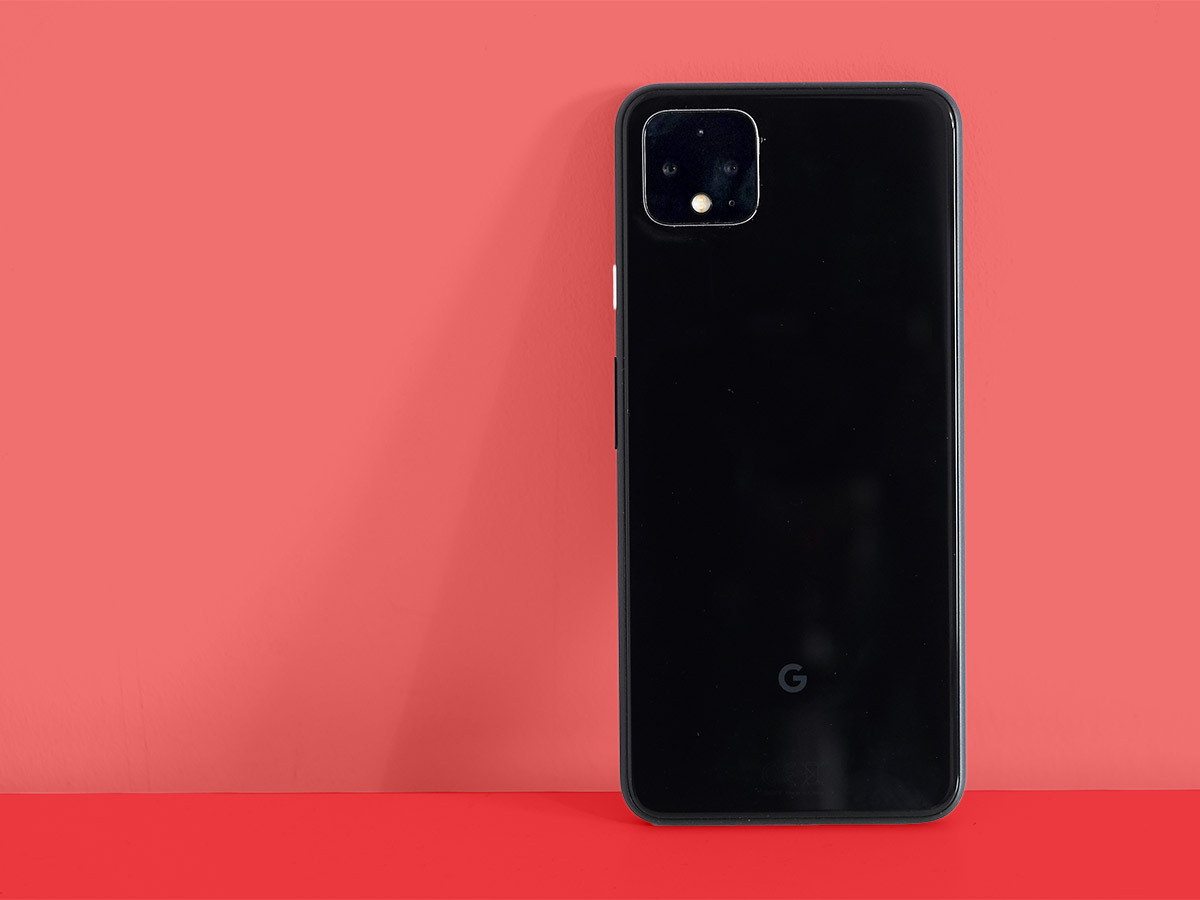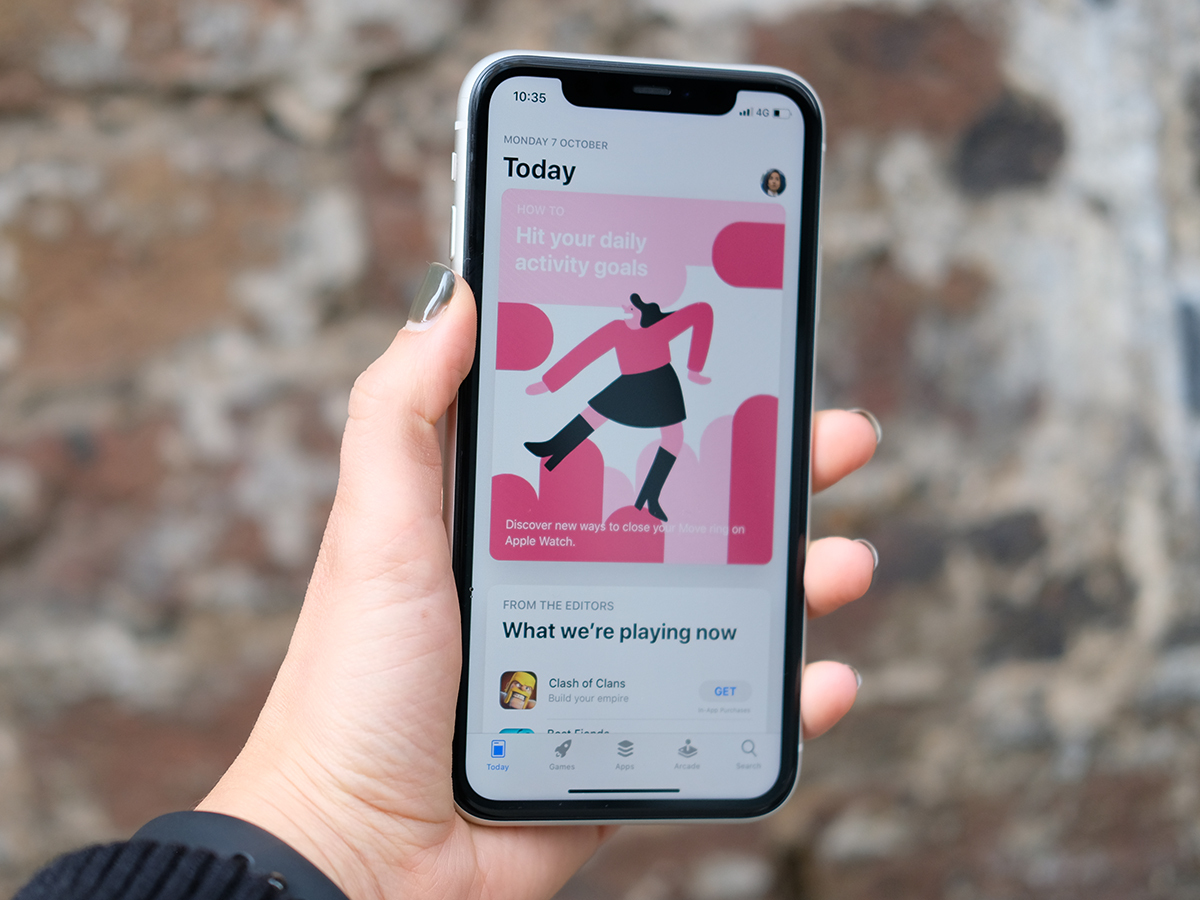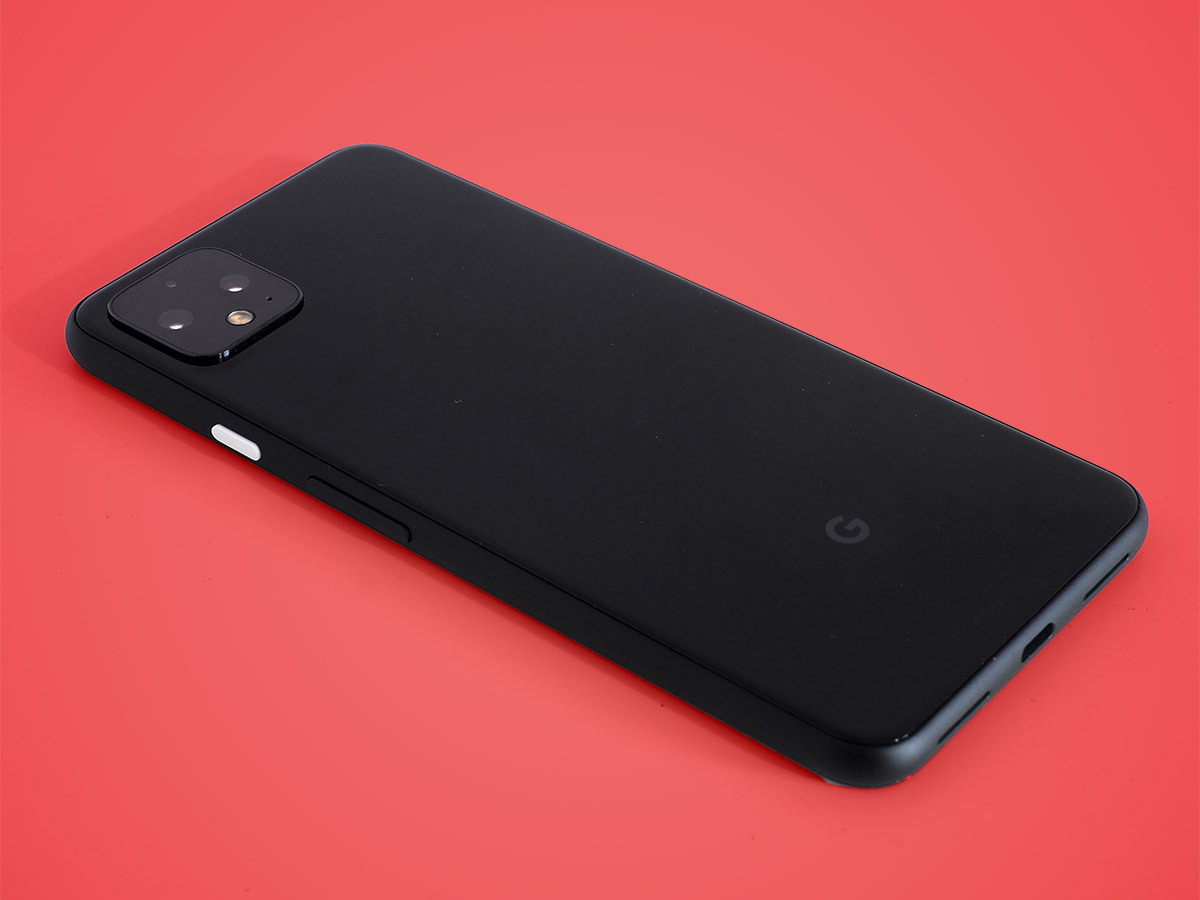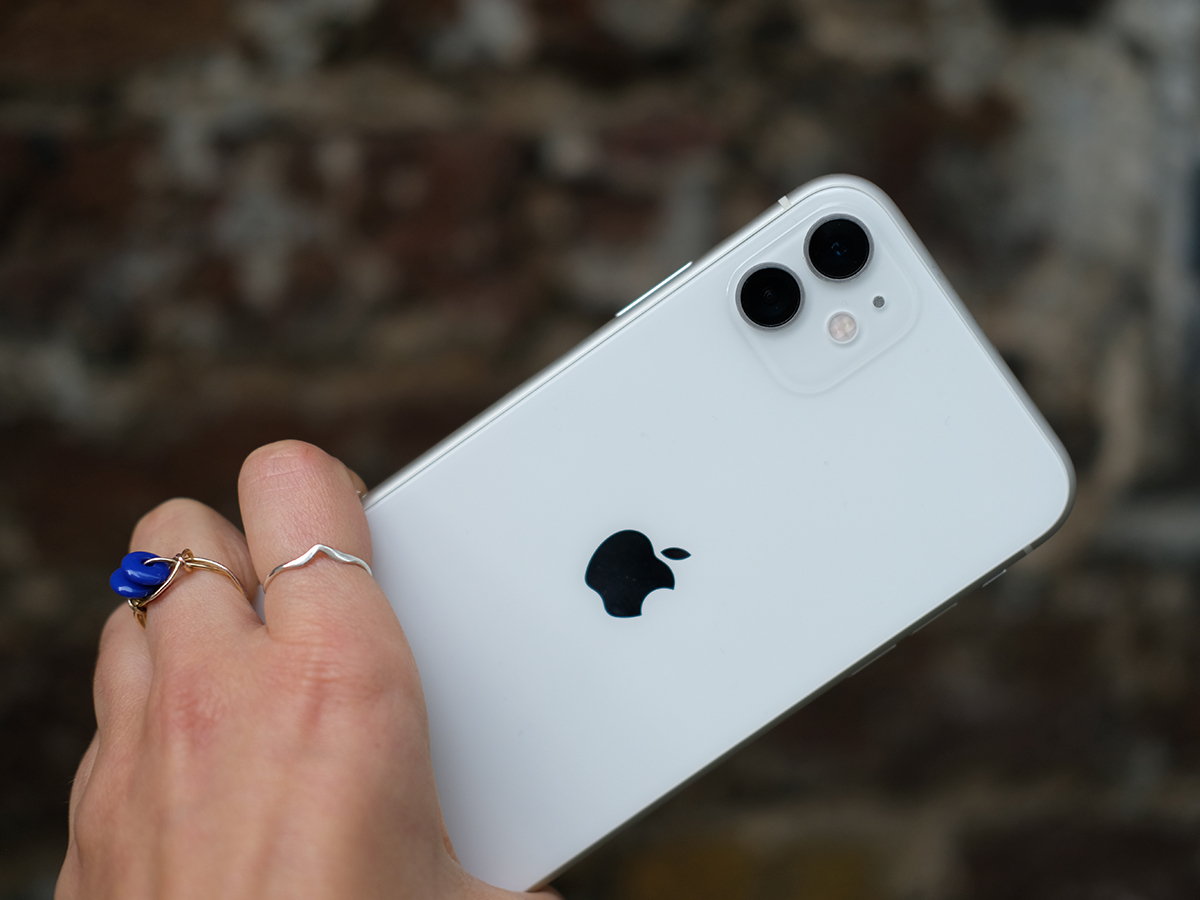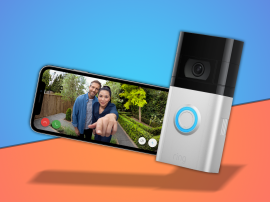Google Pixel 4 vs Apple iPhone 11: Which is best?
The closest Apple/Google smartphone showdown to date?
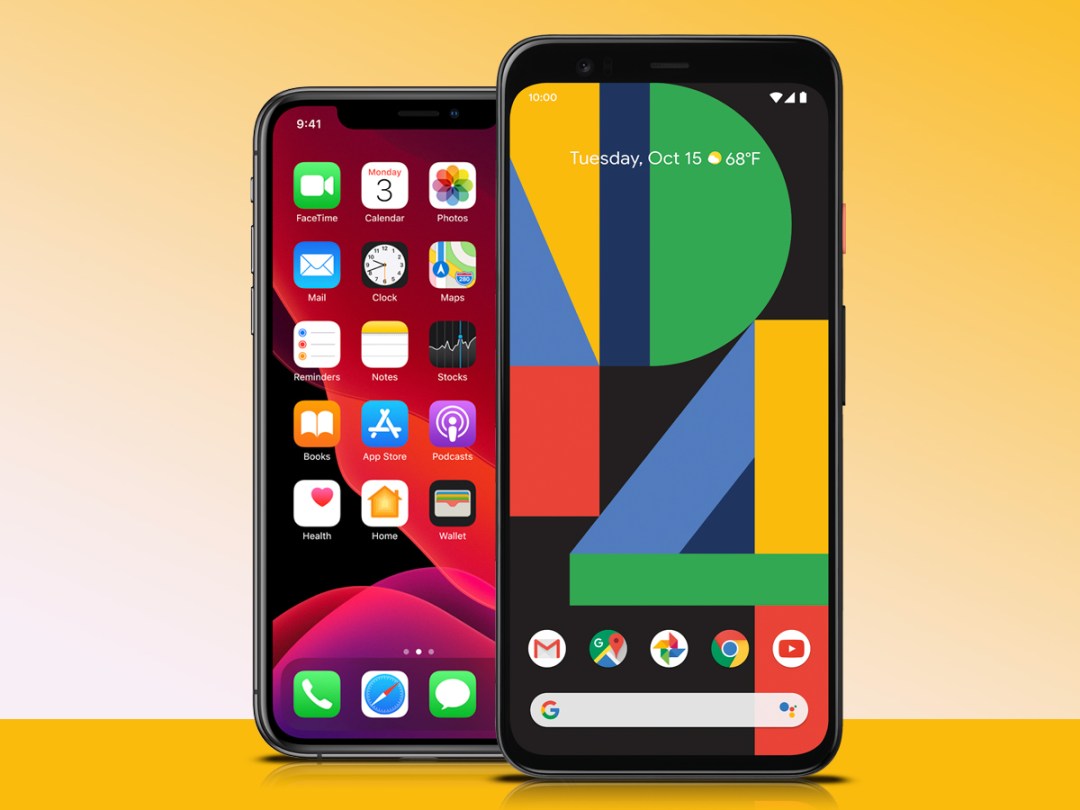
Google’s Pixel line was built in the mold of Apple’s iPhone… and almost literally so with the first model. But over time, Google has tweaked the Pixel into something more original and unique.
And the Pixel 4 is the best yet, packing in Google’s usual array of software enhancements – especially in the photo realm. Is it enough to take out Apple’s awesome new iPhone 11? Here’s what we think, now that we’ve reviewed the Pixel 4.
Whatever you decide, we’ve picked the best deals and cases for each of these phones.
For those who love the iPhone 11:
Prefer the Pixel 4:
Design: Notch or not?
The iPhone 11 has the more immersive screen on the front, thanks to the minimal bezel – well, except for Apple’s big, trademark notch. Still, we’ve never minded it. Google opts for a big chunk of bezel on the top, but that’s to house its Soli radar sensor, which enables the Motion Sense gestures. We called the Pixel 4’s design "boringcore," so… we weren’t all that thrilled by it.
On the back, you might be surprised how similar these phones are now. Google has ditched its two-tone glass design and expanded its camera module out to a dual-camera rounded square… which is exactly what the iPhone 11 has.
The colours vary, however: you can get the iPhone 11 in white, black, yellow, green, purple, and (Product)RED. Meanwhile, the Pixel 4 comes in black, white… and orange. It’s a really bold orange, too, and it’s called "Oh So Orange." It’s dreamy.
Verdict: Apple iPhone 11
Screen: Big differences
There are some key differences here beyond the notch. Apple’s LCD is larger but lower-resolution, while Google’s is smaller and sharper. The iPhone 11 has a 6.1in screen at 1792×828 (326 pixels per inch) – well under 1080p resolution. Google opts for a much crisper 1080p 5.7in OLED screen (441ppi) instead.
Here’s another big difference: the Pixel 4’s screen has a 90Hz refresh rate. Like the recent OnePlus models, it provides a smoother and faster-feeling viewing experience. And the refresh rate is variable, based on what you’re watching, so it can save on battery life by going lower. The iPhone 11 just has the bog-standard 60Hz refresh rate. That’s fine, but the Pixel 4’s screen is much, much better overall.
Verdict: Google Pixel 4
Also Read › Apple iPhone 11 review
Camera: Doubled up
Both phones have a dual-camera setup, but opt for different secondary cameras: along with a main camera, the iPhone 11 has an ultra-wide camera while the Pixel 4 has a telephoto camera. Essentially, the iPhone 11 zooms out while the Pixel 4 zooms in.
The iPhone 11 routinely takes excellent shots, with a brilliant night mode bundled in. And the Pixel 4? Yeah, it’s the same. Google’s many software enhancements that enable strong nighttime shooting, astrophotography, and detailed digital zooming. They’re both winners.
Both of these phones offer 3D face scanning for strong facial security, so they’re even there too.
Verdict: Draw
Performance: Bionic power
Apple takes this category. Currently, the iPhone 11’s A13 Bionic chip is ahead of every other smartphone in terms of pure power, according to benchmark testing. It’s super smooth, games run extremely well, and there’s rarely a hitch in sight with iOS 13.
The Pixel 4 opts for Qualcomm’s Snapdragon 855, which is definitely a speedy Android chip… but not the top of the line on that end anymore (the updated Snapdragon 855+ is), and certainly not on the same level as the A13 Bionic. Still, it feels very fast with Android 10 and Google’s optimisations, even if benchmarks show Apple as the winner.
Verdict: Apple iPhone 11
Read More › Google Pixel 4 (and XL) review
Battery and perks: They’re pretty close
The iPhone 11’s battery pack is a bit larger than the Pixel 4’s, at 3,110mAh vs 2,800mAh. We found the iPhone 11 to give us a strong day, even with pretty heavy usage, but the Pixel 4 feels a little bit lacking by comparison. Both phones offer wireless charging.
Both phones come in 64GB starting models, and you can pay extra for 128GB on either phone and also 256GB on the iPhone. Neither supports expandable storage, which is so very typical for both Google and Apple. Boooooo.
Also, note that in addition to the Motion Sense radar gestures, the Pixel 4 also still has pressure-sensitive "squeezable sides" – called Active Edge – for pulling up the Google Assistant in a hurry.
Verdict: Apple iPhone 11
Verdict: It’s the iPhone
We’re big fans of the iPhone 11. It’s not quite as luxurious as the iPhone 11 Pro or Pro Max, but it’s significantly cheaper at £729. That’s even less money than last year’s iPhone XR. It’s an excellent all-around phone, even if Apple continues to skimp on the display.
The Pixel 4 surprisingly sees even more of a price drop from its predecessor, landing at just £669 – a more palatable price for a phone that is pretty close to the iPhone 11 in overall quality. Still, we think the iPhone 11 is the better option of the two. The design is a little more compelling, it packs more of a punch, the battery life is richer, and the iPhone’s apps and games ecosystem has an edge on Android. It’s worth the extra £60.
Winner: Apple iPhone 11
Which do you prefer?
As you can see, there are plenty of reasons to love both of these phones. The choice, ultimately, is up to you!
Whatever you decide, we’ve picked the best deals and cases for each of these phones.
For those who love the iPhone 11:
Prefer the Pixel 4:
